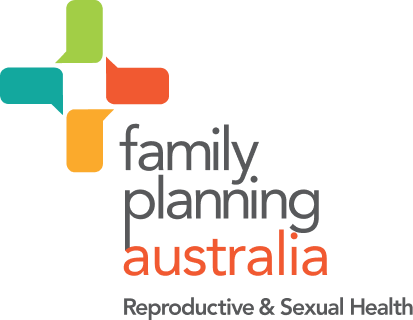Types of breast cancer
Breast carcinoma in situ
Invasive breast cancer
Breast implant associated-anaplastic large cell lymphoma (BIA-ALCL)
Breast cancer and receptor sensitivity
Hormone receptor positive breast cancer
HER2-positive breast cancer
Triple negative breast cancer
Risk factors for developing breast cancer
Genetic risk
Familial risk assessment
Early detection of breast cancer
1.
Javed A, Lteif A. Development of the Human Breast. Semin Plast Surg. 2013;27(1):5-12.
Close
9.
Brennan M, Nehmat H, French J. Management of benign breast conditions (Part 2- breast lumps and lesions). Asutralian Family Physician 2005;34(4):253-5.
Close
10.
Tohno E, Cosgrove DO, Sloane JP. Ultrasound diagnosis of breast diseases. London: Churchill Livingstone 1994.
Close
11.
Brennan M, Nehmat H, French J. Management of benign breast conditions (Part 1- Painful Breasts). Australian Family Physician 2005;34:143-6.
Close
12.
Brennan M, Nehmat H, French J. . Management of benign breast conditions (Part 3- other breast problems). Australian Family Physician 2005;34(5):353-5.
Close
14.
NSW Breast Cancer Institute. Nipple discharge Australian Family Physician. 2005;34(5):357.
Close
15.
Iddon J, Dixon JM. Mastalgia. BMJ. 2013;347(bmj. f3288).
Close
17.
Salzman B, Fleegle S, Tully A. Common Breast Problems Australian Family Physician. 2012;86(4):343-9.
Close
18.
Hughes L, Mansel RE, Webster DJT. Benign disorders and diseases of the breast: Concepts and clinical management. London: Balliere-Tindall; 1989.
Close
19.
Barros A, Mottola J, Ruiz CA, Borges MN, Pinotti JA. Reassurance in the treatment of mastalgia. Breast Journal 1999;5(3):162-5.
Close
20.
Hadj M. Sports brassiere: is it a solution for mastalgia? . Breast Journal 2000;6(6):407-9.
Close
21.
Colak T, Ipek T, Kanik A, Ogetman Z, Aydin S. Efficacy of topical nonsteroidal anti-inflammatory drugs in mastalgia treatment. Journal of the American College of Surgeons 2003;196(4):525-30.
Close
22.
Srivastava A, Mansel RE, Arvind N, Prasad K, Dhar A, Chabra A Evidence-based management of mastalgia: a meta-analysis of randomised trials. Breast Journal 2007;16(5):503-12.
Close
23.
Skaane P, Bandos A, Gullien R. Comparison of digital mammography alone and digital mammography plus tomosynthesis in a population-based screening program. Radiology 2013;267(1):47-56.
Close
26.
Australian Institute of Health and Welfare. Cancer in Australia 2019. Canberra: AIHW; 2019.
Close
40.
Koo M, von Wagner C, Abel GA, McPhail S, Rubin GP, Lyratzopoulos G. Typical and atypical presenting symptoms of breast cancer and their associations with diagnostic intervals: Evidence from a national audit of cancer diagnosis. Cancer Epidemiol. 2017;48:140-6.
Close
41.
Nelson H, Tyne K, Naik A, Bougatsos C, Chan BK, Humphrey L. Screening for breast cancer: An update for the US Preventive Services Task Force. Annual Internal Medicine 2009;151(10):727-37.
Close
44.
Tingberg A, Zachrisson S. Digital mammography and tomosynthesis for breast cancer diagnosis. Expert Opinion Medical Diagnosis 2011;5(6):517-26.
Close
46.
Baker J, Lo JY. Breast tomosynthesis: state-of-the-art and review of the literature. Academic Radiology 2011;18:1298-310.
Close
47.
Royal Australian College of General Practitioners (RACGP). Guidelines for preventive activities in general practice. 9th Edition. Melbourne: RACGP; 2012.
Close
50.
Marmot M, Altman DG, Cameron DA, et al. The benefits and harms of breast cancer screening: an independent review: A report jointly commissioned by Cancer Research UK and the Department of Health (England). British Journal of Cancer 2013;108(11):2205-40.
Close
